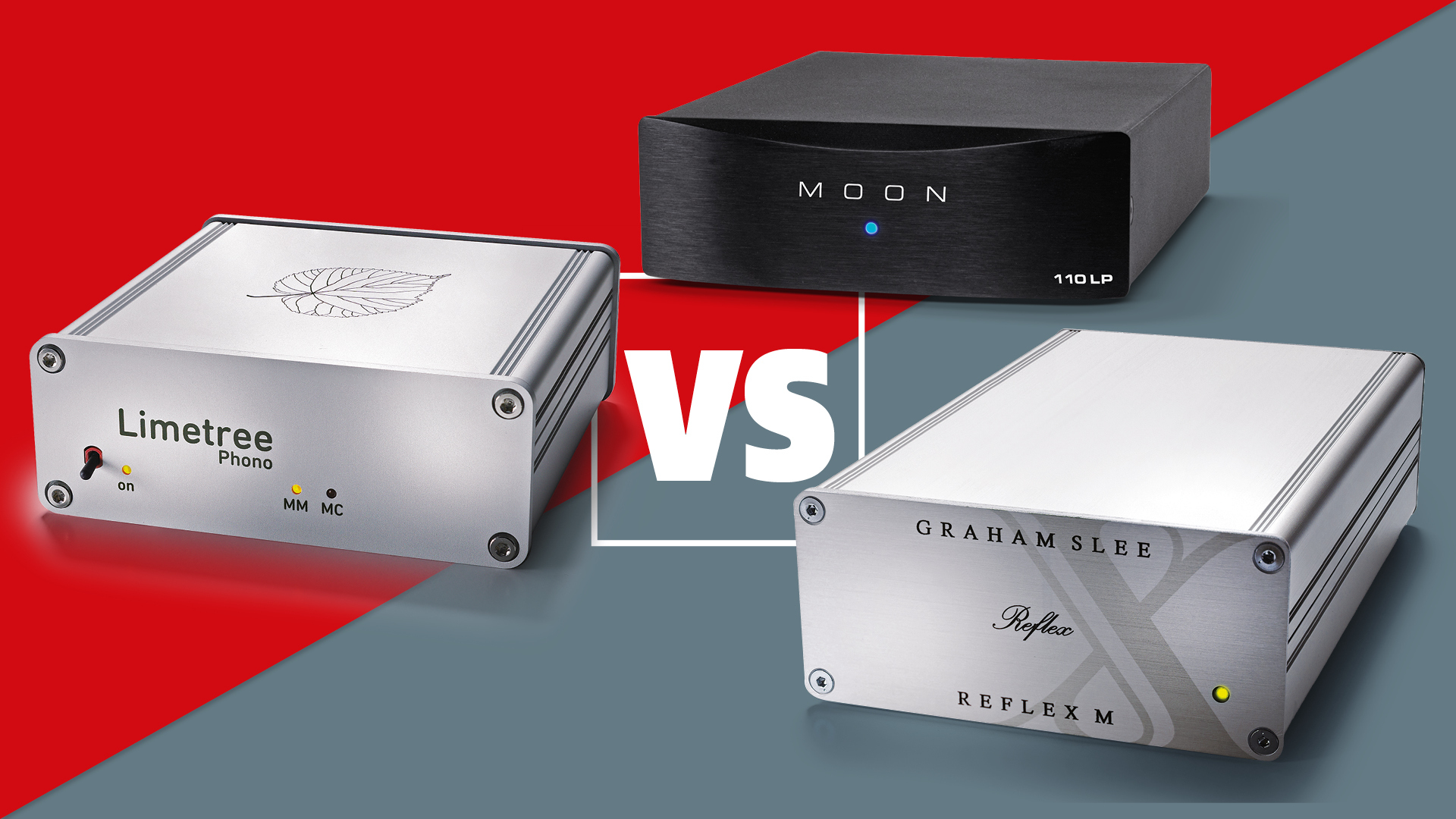What Hi-Fi? Verdict
So nearly excellent, this fine new Denon receiver will have to settle instead for just ‘very, very good’ – a must-hear
Pros
- +
Exceptional media and network features
- +
overall flexibility
- +
articulate, detailed sound
Cons
- -
Sound lacks a little drama
Why you can trust What Hi-Fi?
Few products are as adaptable – or as complicated – as a modern multichannel amp.
The manual for Denon’s new AVR-3311, for example, extends to 114 pages – providing ample evidence that, from the completeness of its network features to the quality of its video and audio processing, it represents the current state of the AV art.
App’s the way to do it
You’ll need to spend some time prodding its remote – or, better, flicking through its elegant iPod/iPhone control app – to fully appreciate its capabilities.
Take, for instance, its support for digital media: the AVR-3311 can stream iTunes music using Apple AirPlay, access music from Last.fm or Napster and even share content over DLNA from suitable mobiles.
iPods can also be hooked up via a digital link over USB, while PC owners will be pleased to learn that the Denon will appear as an output media player in Windows 7.
The AVR-3311 even supports 24-bit/96kHz FLAC downloads, and it’ll also display photos via Flickr.
Impressive – and the AVR-3311 is just as adaptable in sound terms. It’s endowed with every key processing and decoding option available, except THX – and that includes nine-speaker-capable Dolby Pro-Logic IIz and Audyssey DSX modes.
However, this isn’t a nine-channel amp. The AVR-3311 includes seven power-amp channels, each rated at a flattering 165W.
A more real-world figure (printed in the manual, in fairness) is 125W per channel, which is still plenty for an amp in this class.
The latest hi-fi, home cinema and tech news, reviews, buying advice and deals, direct to your inbox.
Preamp outputs for seven main channels plus twin subs are provided, and you can assign some of the power amp channels to suit your needs.
Plenty of speaker options
So, aside from the extended-surround configurations available, other options include powering additional speakers in a second zone for multiroom use, bi-amplifying front speakers in a 5.1 set-up, or even connecting an entirely separate set of front speakers for music-only use.
That much choice might daunt the wary, but at least the Denon’s extensive Audyssey MultiEQ XT automatic calibration and EQ makes accurate set-up relatively simple.
You won’t run short of connection options, either – as just one highlight, the Denon includes six HDMI inputs, one of which is located on its fascia, plus twin selectable outputs.
That allows for support for two video displays, such as a projector and a TV, in the same home cinema system, or alternatively it supports separate feeds to two rooms as part of a multiroom set-up.
Naturally, whatever the quality of the video signal, you have the option of upconverting and upscaling it to 1080p quality, too.
And performance? In certain aspects, it’s uncanny.
Wirelessly streaming iTunes and Spotify using AirPlay and an iPad into the AVR-3311 is easy and enjoyable: barring some slight softness to bass notes, it sounds good enough too, at least with better-quality music files, so much so that it’s hard to imagine why you’d bother with anything so mundane as a dock or a cable again.
Extensive network capabilities
Internet radio works just as well, although trawling through the planet’s online stations, once an exciting experience, now seems clunky when compared to the convenience offered by platforms such as Last.fm, Napster or (via your iPad or another iOS4 device) Spotify.
Whatever your preferred route, the Denon’s iPod app, clean on-screen graphics and bold fascia display combine to make accessing your content easy and intuitive.
Some might bemoan the lack of built-in wi-fi, but it’s not a huge oversight: you
can link it to your network using ethernet, which will work better in any event, and
if that’s inconvenient, a Powerline kit is neither expensive to buy nor hard to install.
Shifting to multichannel use, the AVR-3311 creates a broad, tall soundfield – especially so if you’re bold enough to use the front-height speaker option – and deftly places each sonic strand within the mix.
It’s particularly effective with Unstoppable’s helicopter stunts, shifting the slashing whirr of rotor blades around the room with satisfying heft and a real sense of occasion.
Dynamics could be more… dynamic
However – and it’s a complaint common to many recent Denon amps – it’s also rather reticent with big dynamics.
Compared to price rivals from both Onkyo and Pioneer, the AVR-3311 is a little polite and reserved, as if it needs a good kick up the backside.
The result is that explosions thump but don’t thunder, bullets snap but don’t thwack, and you find yourself being impressed, but not necessarily blown away.
That wouldn’t be an issue in itself, but some other amps in this class are capable of doing precisely that.
the AVR-3311 with faint praise, which is emphatically not our intention. It’s a proper piece of a kit, a class act, one you’d love to live with.
But with a shade more savagery to its sound, it’d go from being highly impressive to truly indispensable…
See all our home cinema amp Best Buys
Follow whathifi on Twitter
Join whathifi on Facebook
What Hi-Fi?, founded in 1976, is the world's leading independent guide to buying and owning hi-fi and home entertainment products. Our comprehensive tests help you buy the very best for your money, with our advice sections giving you step-by-step information on how to get even more from your music and movies. Everything is tested by our dedicated team of in-house reviewers in our custom-built test rooms in London, Reading and Bath. Our coveted five-star rating and Awards are recognised all over the world as the ultimate seal of approval, so you can buy with absolute confidence.


